Published: 20 August 2010 Updated: 19 November 2014
1 of 1
With your contact on terra firma reliant on two hand-sized patches of rubber it’s hard to know when your bedded-in tyres are up to operating temperature, but there are a couple of factors that will enable you to know without stopping at the side of the road and feeling them with your hand.
The first is the weather and time of day. You may have heard commentators going on about track temperature at MotoGP, and the fact is that dark tarmac absorbs the sun’s heat very well, so on a sunny afternoon it can be 30-40 degrees C and will transfer that heat into your tyres in a few minutes.
Conversely, a cold winter morning is not going to help you, so the tyres will have to generate their heat themselves and it’s going to take a few miles of quite fast work to generate that heat.
The type of riding you are doing makes a difference. If you are creeping through traffic on wet roads, the tyres will struggle to get warm.
But if you’re on an open road with plenty of curves that allow you to lean left and right and some progressive braking from those relatively high speeds, that’s going to help too.
So, when you come up to that tasty bend, think about what sort of riding you’ve been doing before you tip it in hard.
One of the things that’s drilled into us day in and day out as track day riders is the importance of properly warming up your tyres.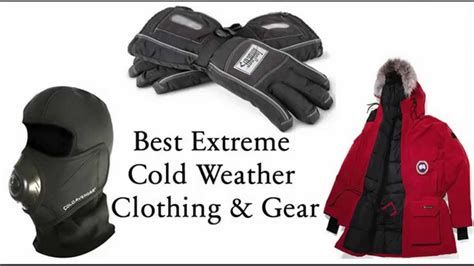 There’s obviously a good reason for this; a tyre that hasn’t reached operating temperature is not going to give you the levels of grip needed to go knee scratching around the track, and trying to go full tilt on cold tyres is only going to end one way 90% of the time.
There’s obviously a good reason for this; a tyre that hasn’t reached operating temperature is not going to give you the levels of grip needed to go knee scratching around the track, and trying to go full tilt on cold tyres is only going to end one way 90% of the time.
The problem is compounded the more ‘racey’ the tyres are too. Road tyres are a little more forgiving and can offer better grip at lower temperatures, but they also reach those temperatures quicker. Going hell for leather on a cold Dunlop slick on the other hand will have you on the deck quicker than you can say “ambition outweighed talent”.
So, we know tyres need to be warmed up, but how do we do it? In this article I cover how to do just that as well as touch on a few other points such as the use of tyre warmers and the myths of riding on brand new rubber.
One thing I have seen on numerous occasions on track days is riders weaving about, almost like they’re dodging a pack of skittish squirrels. Either coming down pit lane or on the sighting laps, they’ll throw the bike from side to side in an attempt to generate some heat in the tyres.
Either coming down pit lane or on the sighting laps, they’ll throw the bike from side to side in an attempt to generate some heat in the tyres.
In reality this weaving does very little to get any considerable or worthwhile heat in the tyres with the modest lean angles that are being achieved, but what is in fact worse is you are actually asking for cornering grip when the tyre is not up to operating temperature.
Again, the lean angles are modest so they’re probably not at a massive risk, but all it takes is one flick and a bit too much lean and you’re asking a lot from the tyre before its ready.
If you watch F1 for example you will no doubt see that all the cars are weaving around as they make their way to their grid position on the warm up lap.
This is because the tyres they use work on a horizontal plane, and it is their sidewall flex that builds the heat into them as they throw them left and right.
It is under strong acceleration and braking that the most heat is built up in the tyres.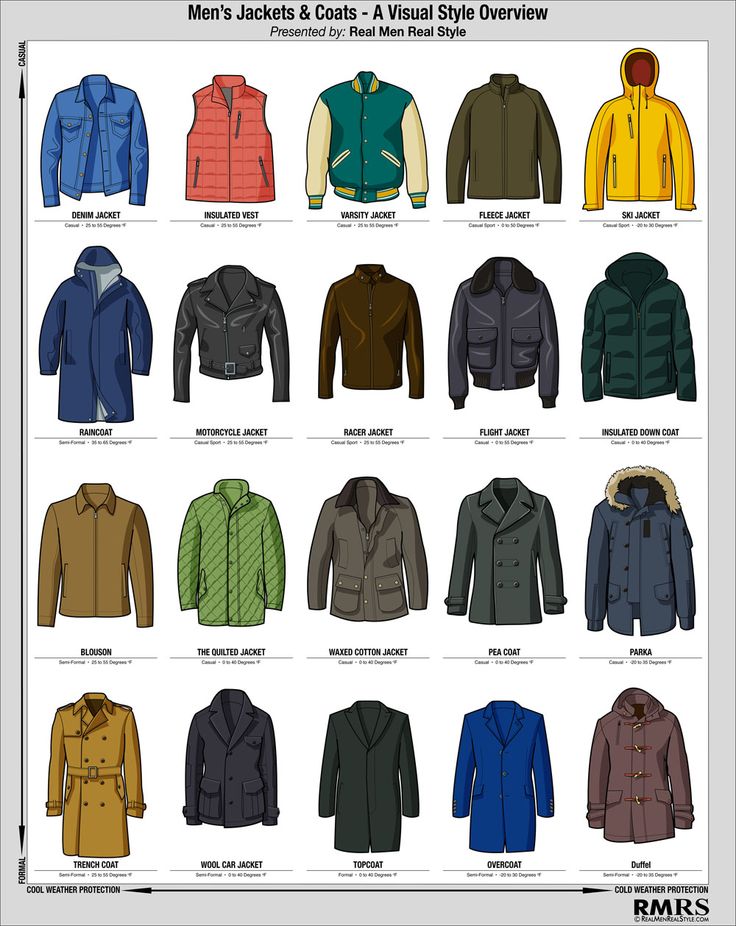 This is because it is during these times that the carcass of the tyre flexes the most due to the strong forces that are being put through it. That flex is what generates the heat, which then transfers to the tread compound.
This is because it is during these times that the carcass of the tyre flexes the most due to the strong forces that are being put through it. That flex is what generates the heat, which then transfers to the tread compound.
Use smooth but strong acceleration and braking while reasonably upright to slowly build heat into the tyres. During this time in the bends you can be gradually increasing your lean angles (which in turn will further increase the heat being generated) like you would normally do on your first few laps of a session.
There is no set answer to this question as it will take varying amounts of time to get a certain tyre to operating temperature based on things like the bike being used, the tyres, their pressures, the nature of the track and what the weather’s doing.
Personally I have varying amounts of time depending on the track I’m visiting, but as a general rule of thumb if you gradually increase your speed and lean angles over two laps, by the third lap you should have the tyres up to operating temperature and be able to ride at your maximum pace.
As you get more experienced you’ll begin to feel when the grip is there. I know guys that give it just a few corners before they go all out (fresh out of warmers that is), but that’s because they have a very good feel for when they do and do not have grip.
There has been a long standing notion that new tyres won’t offer good grip right from the off and will need to be ‘scrubbed up’ with gentle use before you can go full speed on them. Some people have even used sand paper to rough up the tyre surface, thinking that if they don’t the tyre is going to be treacherous to ride on.
I don’t know where this myth came from, quite possibly from the old days of heavy, greasy mould release, but I can tell you now that a new tyre will be good for grip from the outset.
Today, the vast majority of the big name manufacturers don’t actually use release agents, and the ones that do use them have much lighter agents than was used back in the day.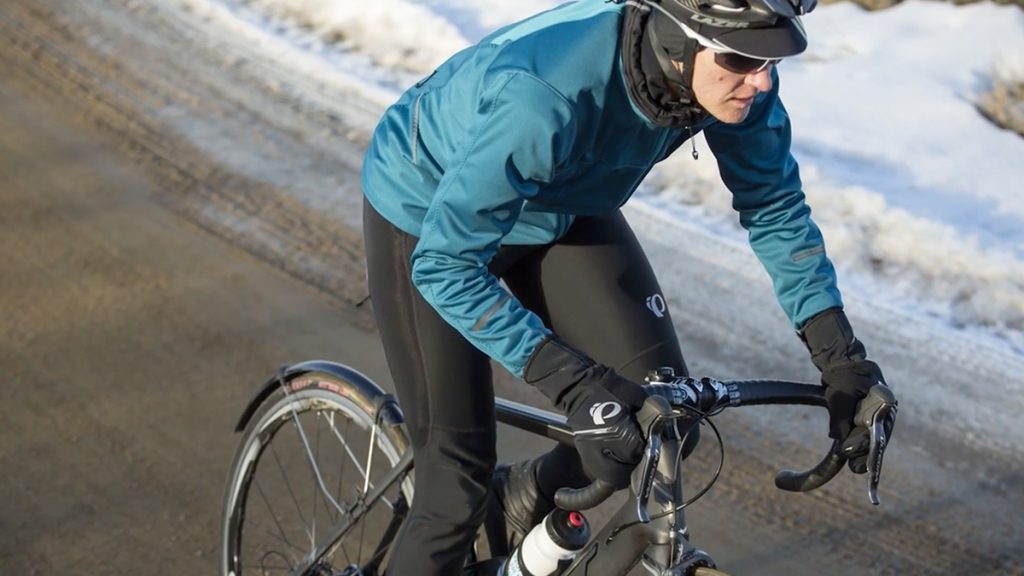
However, this shouldn’t be taken as permission to go out and give it the berries as soon as you’re let out. Even if you’re replacing your tyres with the same brand and model, a new tyre is going to feel different from the old one, and it is still going to need to be carefully brought up to temperature like any tyre.
As with the advice above, take your time warming and building heat into the tyres (and in turn your confidence in them) slowly. This will allow you to become accustomed to the feel of the new tyre and in turn make best use of the grip that is being offered. You won’t get that chance if you ask too much from a tyre that isn’t ready.
Many newcomers won’t have the benefit of tyre warmers, so it’s going to take a little bit more time to build the heat in the tyre, but again just take it steady for two or three laps and you’ll be absolutely fine.
Don’t think that you’re going to have less grip if you don’t have warmers though.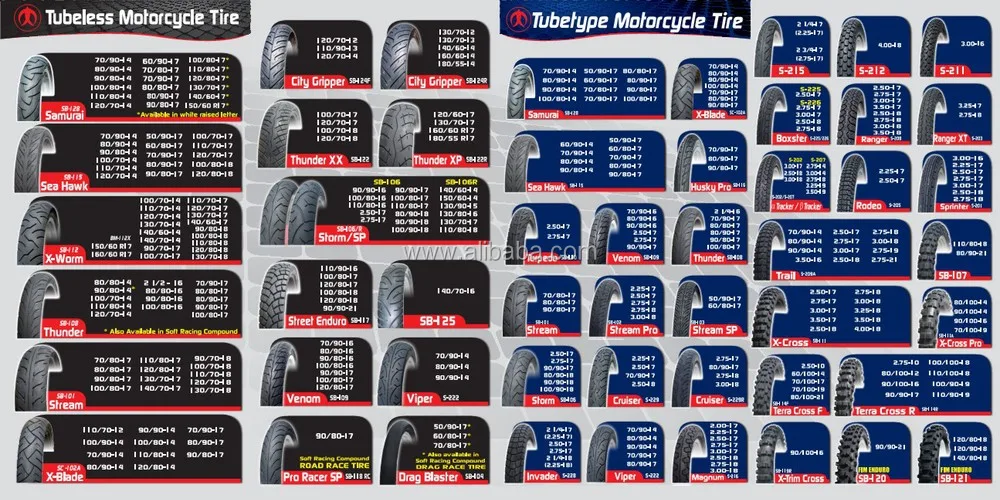 This is just not the case.
This is just not the case.
Those with warmers will have the benefit of being able to get heat deep into the tyre and the rim before heading out on track. This will mean it will come up to temperature more quickly.
Warmers also have the ability to extend a tyre’s life by reducing the amount of heat cycles it goes through (assuming you get them straight back on after a session).
I eventually got mine more for the mental safety net it gave me. Knowing I had some good heat built up eased my fears somewhat of cold tyre crashes in my earlier track day life, but I have no doubt now that I could get a tyre that wasn’t using warmers up to the same level of performance as one that had been in warmers. It would just take me a little longer.
An up to temperature tyre is an important element to have in place to allow your bike to properly do its job of transferring the various forces it generates down into the ground. Acceleration, braking and turning would be greatly affected without a decent foothold of the road.
Using the above advice on warming (and dismissing the myths) will put you in a good position to ensure you get your tyres up to temperature quickly, but more importantly safely.
Photo by Brian Snelson
90,000 Survive to Close: 10 Rules for Driving Safely in the Fall | LikbezThe closing of the seasons died down, most of the Moscow motorcyclists hid their motorcycles in garages, and only the most desperate riders remained on the roads. Some people just don’t feel cold, some people want to ride as much as possible before a long and cold winter, while others cannot physically “close” – working on a motorcycle has become more and more popular in recent years. Whatever the reasons are not pushing for a deep autumn ride - this material will be useful to you, regardless of the number of successful and not very seasons.
Now, when temperatures drop to minus at night, and barely exceed 1-2 degrees during the day, equipment becomes especially important. Hands, legs and neck will freeze, so they need to be insulated with special care.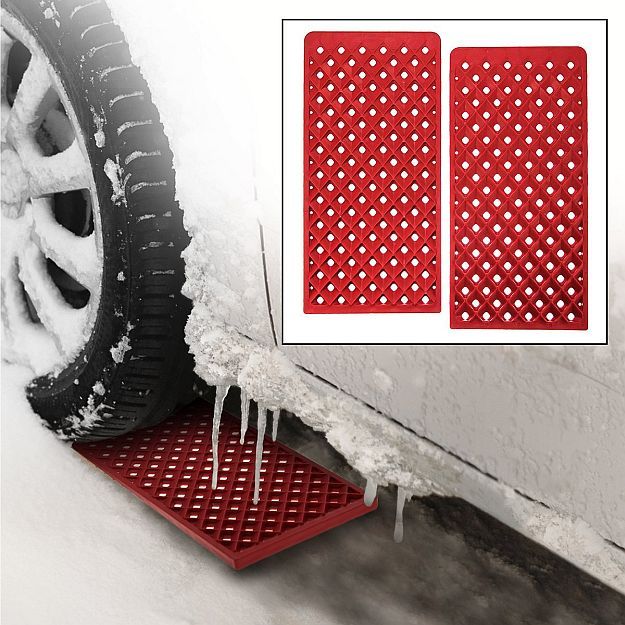
Keep your hands warm
Good, warm gloves are a must. There are winter motorcycles on sale, but snowmobiles are also suitable, the main thing is to turn the gas and press the levers comfortably. Uncomfortable to ride in thick gloves? Suitable and simply dense, without ventilation, in the presence of heating of the handles. By the way, the most budget options for “warm” pens will cost about the same as gloves, so the choice is yours.
Heated handles, coupled with protection of the levers and waterproof gloves will ensure hand comfort even in minus
As an alternative, you can consider warm handlebar covers that can be combined with handle protection: in this case, accidental brake and clutch pressing are excluded. And if you don’t have any money at all, here’s a life hack shared by experienced riders: take cheap rubber boots, or better, old felt boots, cut off the toes from them and put them on the handlebars through the resulting holes.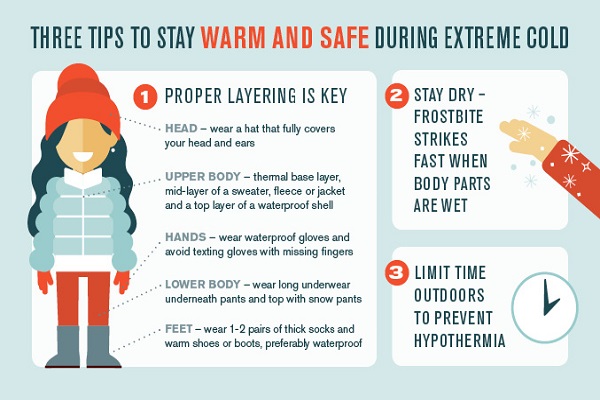 Tape on and enjoy wind protection and comfort even in sub-zero temperatures. The main thing is to be careful during installation - in the extreme positions of the steering wheel, such “tuning” should not cling to anything and under no circumstances should it compress the brake and clutch levers.
Tape on and enjoy wind protection and comfort even in sub-zero temperatures. The main thing is to be careful during installation - in the extreme positions of the steering wheel, such “tuning” should not cling to anything and under no circumstances should it compress the brake and clutch levers.
Anti-fog visor
The head will be warm in any integral helmet, so all helmet tuning should be reduced to installing a pin-lock visor or, if one is not available, treating the glass with a special anti-fog compound. As an alternative, consider buying a snowmobile helmet with double glazing and a heated visor.
Read also:
Everything you need to know about choosing a motorcycle helmet
But in the neck it will blow especially hard - buy a windstopper, a balaclava or wrap yourself in a scarf. Any of these solutions will significantly increase comfort, especially on long hauls.
Anti-fogging visor can be treated with sprays, pinlock, double glazing or heated visor
Get the right gear a set of good tourist equipment and winter thermal underwear.![]() And if it's cold, buy the cheapest pants on a synthetic winterizer and a simple padded jacket in a workwear store. It looks creepy, but it will be extremely difficult to freeze.
And if it's cold, buy the cheapest pants on a synthetic winterizer and a simple padded jacket in a workwear store. It looks creepy, but it will be extremely difficult to freeze.
To protect your body from the cold, you can use a set of hiking equipment and a raincoat
Take care of the warmth and dryness of your feet . That is why it is better to choose tight tourist boots without ventilation and warm socks, and to keep your feet dry, you can glue a couple of women's pads on the insoles - they absorb moisture well.
Waterproof warm boots will come in handy not only in autumn-winter, but also during rainy summer
Become more noticeable
There are fewer and fewer motorcyclists on the roads, which means that other road users are starting to look less often in the mirrors. In addition, daylight hours are getting shorter, and you have to drive at dusk. That's why feel free to growl, wear a bright reflective road worker's vest, and flash your high beams.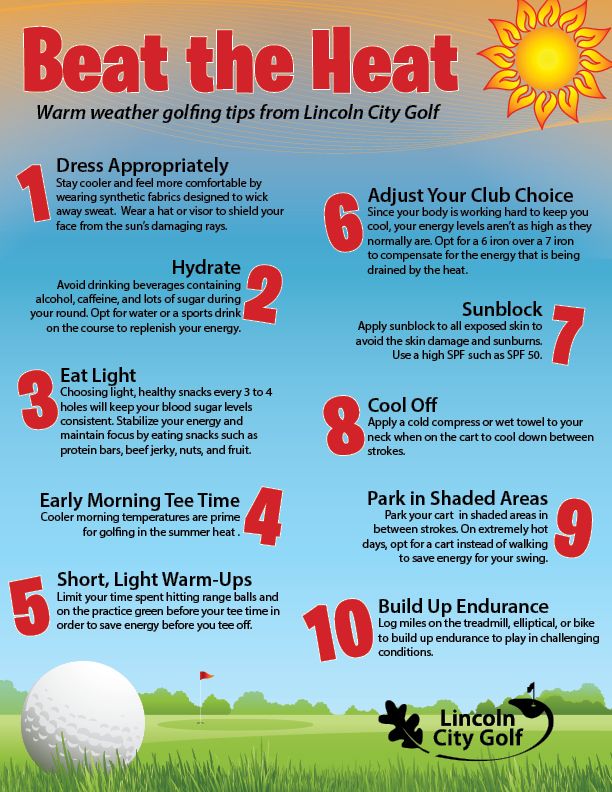 This is not rudeness, but a way to survive.
This is not rudeness, but a way to survive.
In rainy autumn twilight, do not neglect additional lighting and bright equipment
Remember the cold asphalt
As we have already said, every day drivers are less and less ready to meet you. However, the dangers do not end there - on cold asphalt, the rubber warms up much worse and the “hold”, if it does not disappear completely, then significantly decreases even on a dry surface. What can we say about rain, snow, mud, slippery rotten leaves and shampoos that are used to treat roads before winter. And this is without taking into account the fact that by November, the motorcycle is shod with tires installed, at best, at the beginning of summer!
A good safety net on wet and cold asphalt will be fresh rain tires
Accelerate smoothly
With the advent of cold weather, the braking distance increases greatly, and braking itself sometimes becomes very unpredictable.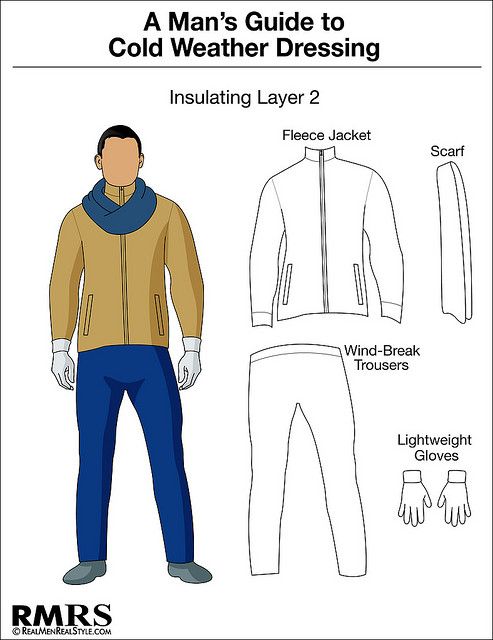 It is a little easier for owners of motorcycles equipped with ABS and traction control in this regard - electronics take over part of the work, but in percentage terms there are not many such lucky ones. That's why forget about sharp throttle openings in corners, efficient decelerations and deep leans into corners.
It is a little easier for owners of motorcycles equipped with ABS and traction control in this regard - electronics take over part of the work, but in percentage terms there are not many such lucky ones. That's why forget about sharp throttle openings in corners, efficient decelerations and deep leans into corners.
Autumn is the time to remember the rules for moving on slippery surfaces
Slow down the pace
At the same time, it is necessary to slow down the average speed. Experienced riders and owners of modern motorcycles can be advised to limit themselves to the notorious +20 from the flow rate, and generally slow down to car speeds for everyone else.
Of course, this will increase the risk that, for example, you will be rebuilt, but in this case you have to choose between two evils. And be careful in the aisle - there you can often find markings, on which you can slip in the rain and with a slight plus even on good tires.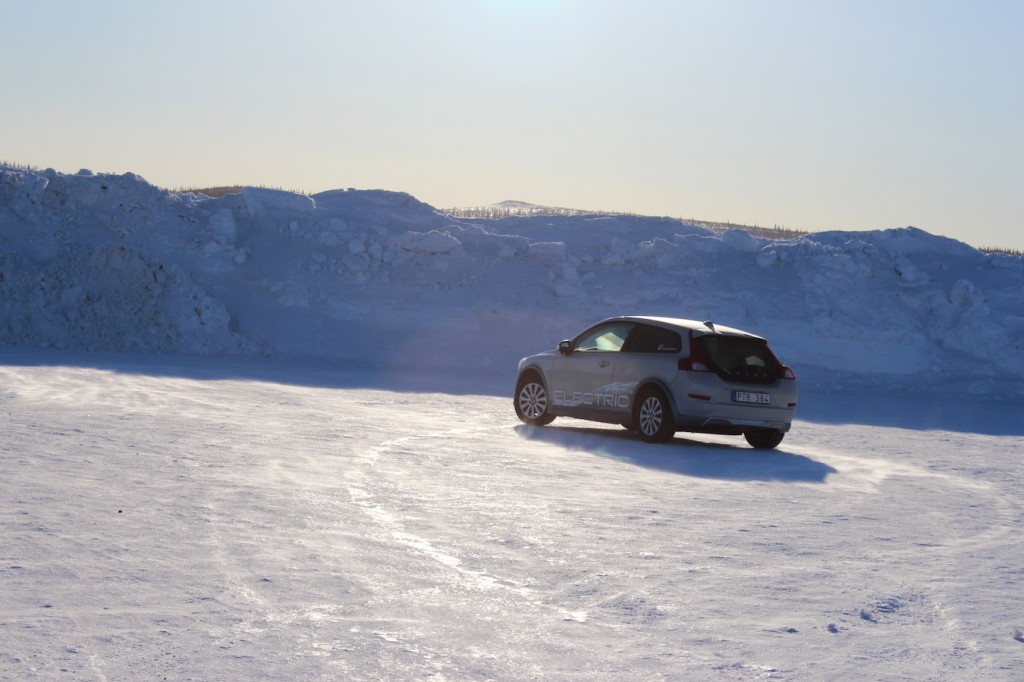
Wet fallen leaves and fresh markings can play a cruel joke on an unprepared motorcyclist
Do not tilt the motorcycle
Turning is a different story. On a slippery road, you need to lay down the motorcycle as little as possible, for which the pilot will have to hang more into the turn. In fact, your task is to leave the motorcycle in the most vertical position, compensating for the effect of centrifugal force with your own body. The more you hang, the more vertical the motorcycle remains, the more difficult it will be for him to leave from under you.
On a slippery road, it is necessary to keep the motorcycle in the most vertical position - work with your body
Prepare the motorcycle
It is clear that the motorcycle will look worse from trips in the fall, so all fans of the off-season can be advised to wash the motorcycle at least once a week, and then fill it with some kind of conservation lubricant, even silicone, even penetrating.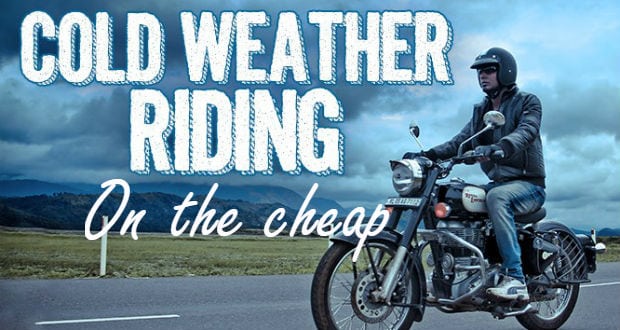 This will partially save the situation.
This will partially save the situation.
Read also:
How to buy a motorcycle and not make a mistake - 50 tips for choosing used equipment
It is especially important to do this before wintering - if you park a motorcycle covered with salt and reagents, even in a warm garage, you are at great risk. Most likely, in the spring you will return to something that looks more like a coral reef of brown rust and white oxides on aluminum. It is clear that in most cases it will be possible to put things in order and restore their former gloss, but these procedures will cost much more than a banal washing and conservation.
When driving actively in autumn, it is worth washing the motorcycle from salt and reagents at least once a week
Following these simple guidelines is a great way to extend your riding season by a couple of months. However, if traveling on the roads has become boring, you should pay attention to off-road trips - for the happy owners of motorcycles of the “enduro” system, the concept of “season” actually does not exist.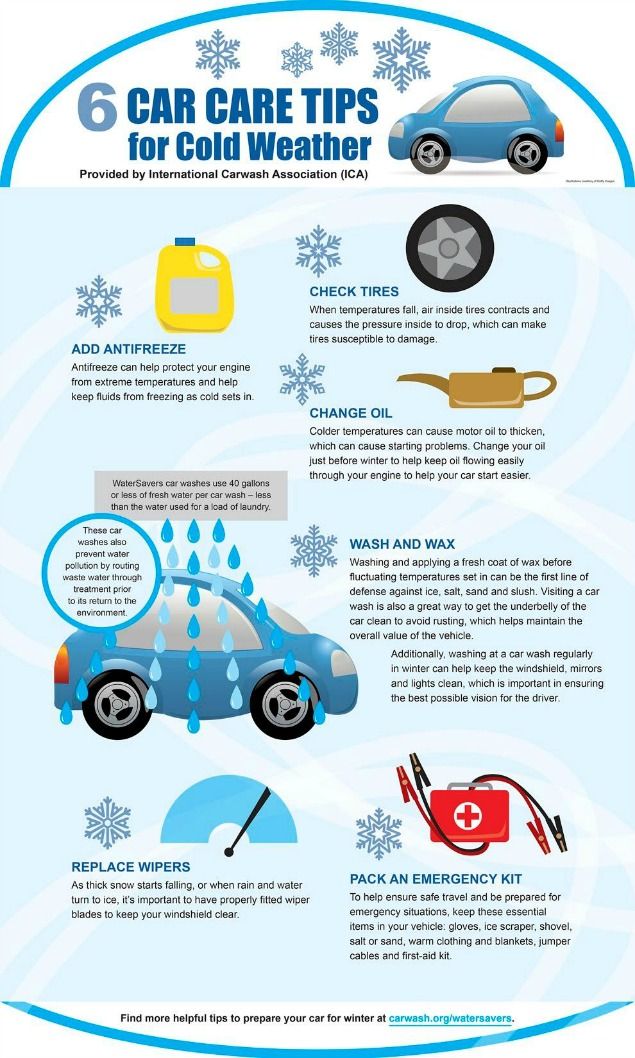
Subscribe to Omoimot on Vkontakte, Facebook, Google+ or Twitter to be the first to receive announcements of the most interesting materials where it is convenient for you.
Cover photo - Matthew Jones
Photos in the article belong to their authors
Now that we know how to control a motorcycle, how to brake and accelerate, we will move on to another important aspect of motorcycle handling - tire pressure. There are a lot of myths and misconceptions about this, some of which, in part, are created by motorcycle manufacturers.
What influences the pressure in the tire
the higher the tire pressure, the more controllable the motorcycle, given the sufficient contact patch and sufficiently good suspension work
Again, we will not go into theoretical calculations, but consider the issue of tire pressure from a practical point of view
Cold and hot pressure
Air is pumped into the tire, as the rubber and disc warm up, the air heats up, its volume increases and this leads to an increase in tire pressure.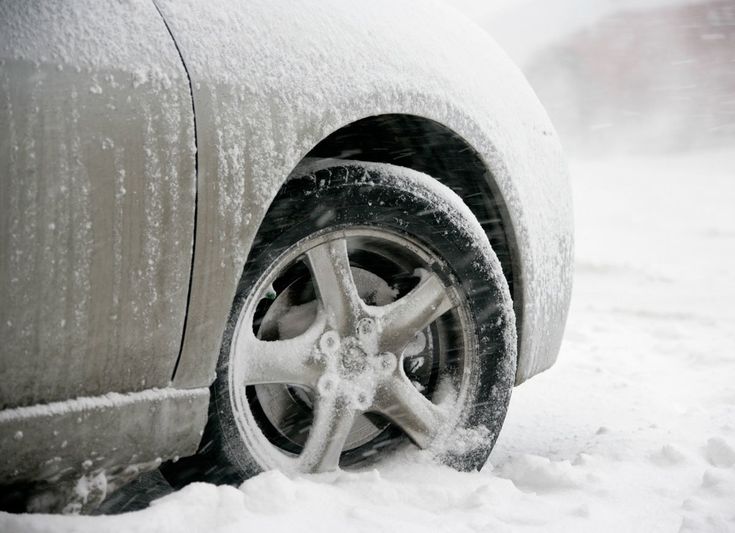 If you take two identical tires, put them on two identical motorcycles, pump the same pressure into the rear and front wheels, and give the motorcycles to two different pilots, then after a 20-minute session, each pilot will have a different pressure in the rear and front tires. Yes, in addition to the composition, the driving style strongly affects the temperature of the rubber - how well a person opens, slows down, quickly enters turns, likes to tilt the motorcycle. Weather conditions, asphalt temperature, rubber composition make their own adjustments, so the important indicator is not the pressure on the cold, but the pressure on the hot, and this pressure is selected individually.
If you take two identical tires, put them on two identical motorcycles, pump the same pressure into the rear and front wheels, and give the motorcycles to two different pilots, then after a 20-minute session, each pilot will have a different pressure in the rear and front tires. Yes, in addition to the composition, the driving style strongly affects the temperature of the rubber - how well a person opens, slows down, quickly enters turns, likes to tilt the motorcycle. Weather conditions, asphalt temperature, rubber composition make their own adjustments, so the important indicator is not the pressure on the cold, but the pressure on the hot, and this pressure is selected individually.
Inflated wheel
If you pumped a tire to a cold one - with it warming up when driving in the city, the pressure in it will increase by an average of 0.2-0.5 atmospheres. If you already have high pressure when cold, then as you drive in the city, you will further reduce the contact patch of the tire with asphalt. The smaller the contact patch, the worse the grip. Once in hot weather, you can open as usual - and ... blow off the rear wheel or brake in the corner in the same way as usual - and blow off the front wheel. Pumped rubber also affects suspension settings. The higher the tire pressure, the softer the suspension should be. Thus, if there is an excess of pressure in your tire on a cold one, then as the tire warms up, not only the contact spot decreases, but also the suspension performance deteriorates, which, in aggregate, can lead to unexpected results. If you are experiencing the feeling - as if after a long ride the grip of motorcycle tires on the pavement is deteriorating - now you know why this happens.
The smaller the contact patch, the worse the grip. Once in hot weather, you can open as usual - and ... blow off the rear wheel or brake in the corner in the same way as usual - and blow off the front wheel. Pumped rubber also affects suspension settings. The higher the tire pressure, the softer the suspension should be. Thus, if there is an excess of pressure in your tire on a cold one, then as the tire warms up, not only the contact spot decreases, but also the suspension performance deteriorates, which, in aggregate, can lead to unexpected results. If you are experiencing the feeling - as if after a long ride the grip of motorcycle tires on the pavement is deteriorating - now you know why this happens.
Under-inflated wheel
If the tire pressure is too low, then even after the wheel has warmed up, you will feel as if the suspension has been completely loosened - and the rear and front will dampen and rock the motorcycle, the bike's handling will decrease. You will feel understeer, the rear tire will bounce under you, unload, lose traction.
You will feel understeer, the rear tire will bounce under you, unload, lose traction.
Properly Inflated Wheel
Behaves like a little under-inflated for the first 3-5 minutes of riding, then the hesitation and wobble of the bike stops and you get a tire with an optimal contact heel and optimal cushioning capabilities.
Difference in tire pressure when cold
The rear wheel warms up more than the front, even in city conditions. we recommend in the city, inflate the front by 0.1, 0.05 atmospheres more than the rear. Remember - after warming up, the pressure in the front and rear tires should be the same, and on a cold one, they should differ by 0.1, 0.05 atmospheres (the front is inflated more than the rear).
How to quickly adjust the pressure
Rear tire pressure, hot should not exceed 2.2 ATM. The recommended pressure is 2 ATM hot. After your usual run - stop - immediately, without letting the tire cool down - measure the pressure in the rear tire - if it exceeds 2. 2 ATM - blow it down to 2.2 ATM. Do the same with the front. Now, when you leave for a cold one, you will feel some discomfort within 3-5 minutes. Do not open too much, already after 500 meters you will feel the improvement and after 2-3 kilometers you will feel the old comfortable sensations returned. In return for this slight discomfort, you'll get a larger contact patch, optimal suspension performance, and overall much more confidence in openings and braking.
2 ATM - blow it down to 2.2 ATM. Do the same with the front. Now, when you leave for a cold one, you will feel some discomfort within 3-5 minutes. Do not open too much, already after 500 meters you will feel the improvement and after 2-3 kilometers you will feel the old comfortable sensations returned. In return for this slight discomfort, you'll get a larger contact patch, optimal suspension performance, and overall much more confidence in openings and braking.
Rotating gauges
Most of the dial gauges made in China have a monstrous error. It can reach 0.8 ATM. We recommend that you always rely on the exact readings of the manometer. Digital pressure gauges tend to have less error. Often you will hear strange pressure recommendations, be aware that your opponent's pressure gauge may be significantly different from the actual pressure or the pressure shown by your gauge.
Track pressure
2.2. ATM is a lot for a track, usually hot pressure in racing tires does not exceed 2 ATM, and cold pressure does not exceed 1.